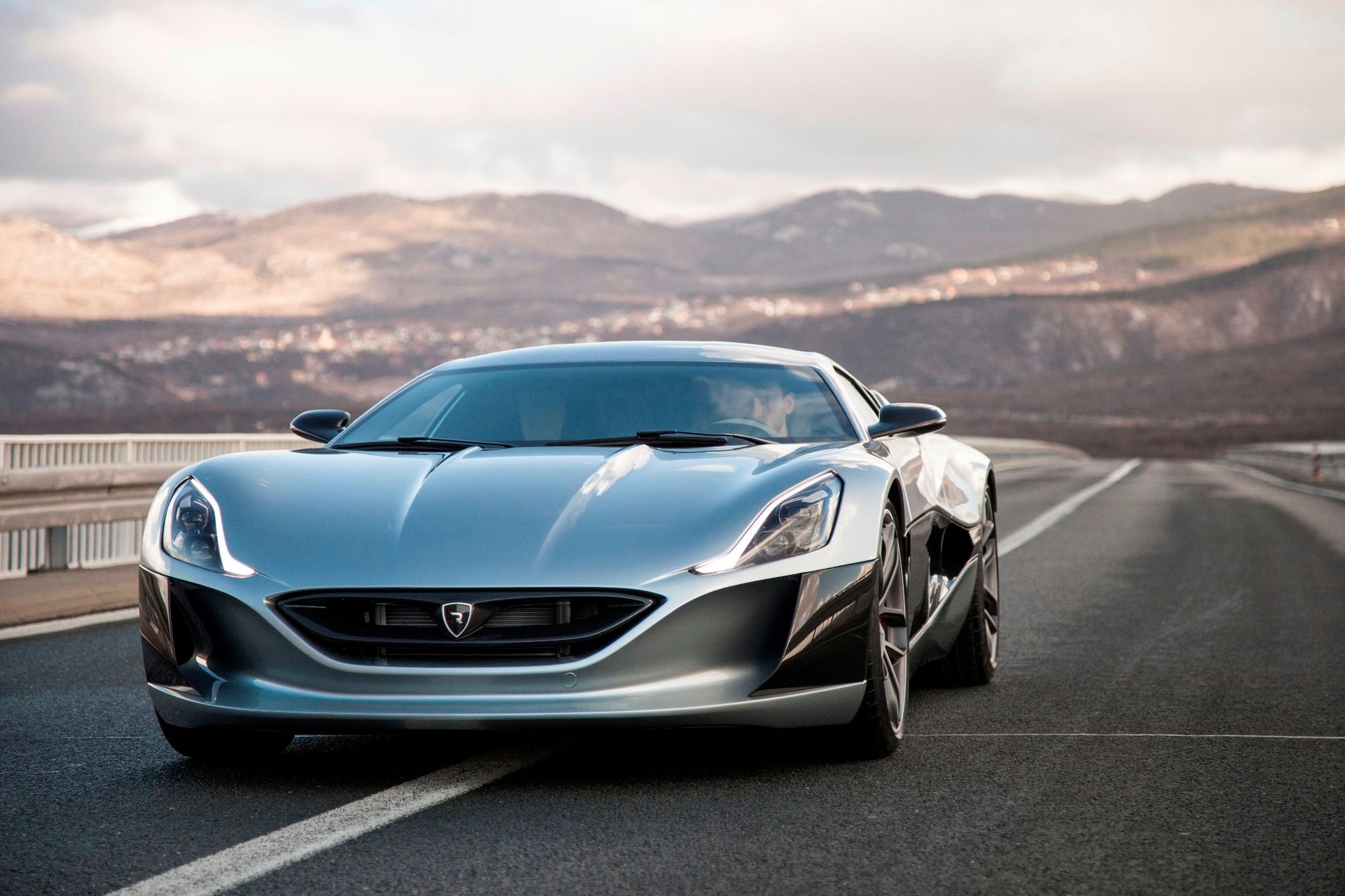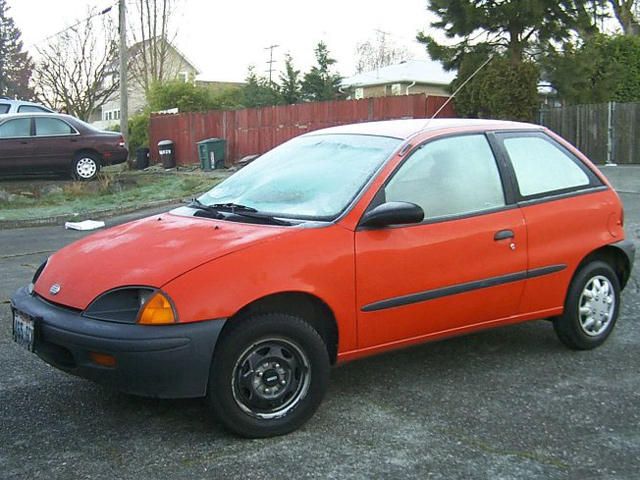
It should be pointed out here that not all superminis are awful. There have been quite a few with nice interiors that are also fun to drive, but up until fairly recently, the majority of superminis sold in the US were truly horrible. It was believed that the only reason why an American would ever want to buy such a small car was due to extreme frugality. So US-market superminis like the Metro tended to be stripped-down super-econo boxes. The Metro was one of the first nameplates offered by Geo.
This was a relatively short-lived brand from GM which offered a variety of rebadged Japanese models as captive imports. Some of these cars actually weren't so bad in their original forms, but Geo-badged models were always the absolute bottom rung trim offered for each platform. Geo was launched in 1989, and even though it went under in 1997, the Metro would actually live on with GM until 2001, wearing a Chevy badge in the later years. The car was actually a Suzuki Cultus, a model which was sold with a wide variety of names and under several different brands. It is still being made today.
The Cultis started life in 1983, being sold only in Japan for a few years, with exports starting in 1985. The first North American GM-badged version would appear at this time, wearing the name Chevy Sprint. This version had a 1.0-liter three-cylinder engine, but a turbo version was also offered, and though small, it wasn't really such a terrible car, just a rebadged Japanese supermini. It was in 1989 that things changed. There was a new generation Cultus, which debuted in Japan in 1988, and GM decided to move the model over to this brand with the name Metro. It is here that we see that old American attitude towards small cars at work.
In a country where both space and fuel were relatively cheap, American automakers, and GM in particular, just never seemedto grasp why anyone wouldn't want a gigantic car. It never seemed to occur to them that a small car with a good suspension setup, a reasonably powerful engine and a nice interior might actually be fun to drive. The only reason to buy a small car seemed to be because you were poor, and for quite a long time, small cars sold by American brands offered terrible cheap interiors and the driving dynamics of a damp cardboard box. All the evidence you need of this trend is that Ford once actually sold a car named "Aspire", but more on that later.
Things have since gotten better, but in 1989, Geo was a brand of deliberately cheap and awful cars. They even went so far with the Metro that even hubcaps were an optional extra. The Metro was offered with a choice of engines, either a 53-horsepower three-cylinder engine or a 70-horsepower four-cylinder. Those who wanted more power could opt to take a trip to the Suzuki dealership, where the car was being sold as the Suzuki Swift. There was a version of this car with a 100-horsepower four-cylinder engine, but this wasn't offered with the Geo. A new generation of the car, third for the Cultis and second for the Metro, debuted in 1995.
This was something of an improvement over the old car, with more power, more options and slightly more interior space. It still wouldn't exactly set sales alight, but it should be remembered that the nameplate did manage to outlive the Geo brand, a very rare thing indeed. Of course, a lot of this could simply be attributed to there being so few supermini models to choose from in the US market. An interesting footnote in the story of the Metro is that even though the model was discontinued after 2001, it saw a resurgence in resale values in 2008. With the economy in meltdown and rising gas prices, the Metro became a much sought-after used car for a couple of years.
Used Metro values suddenly doubled or tripled as interest in an absolutely bare-bones car picked up. This has now pretty much dropped off, but panic purchases of Metros were a very real thing for a time. Thankfully, superminis have gotten a lot better over just the past few years, and we will probably see this trend continue in the future. You can still buy something as stripped-down and awful as a Metro if you want, but you really have to make an effort to do so these days.

